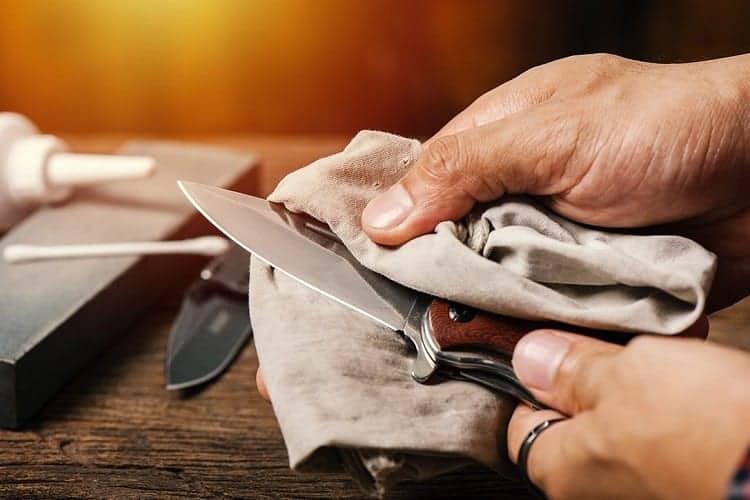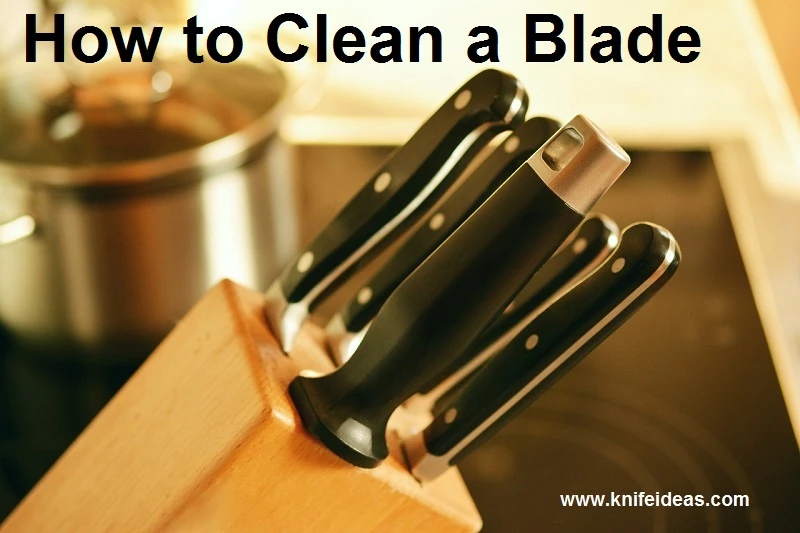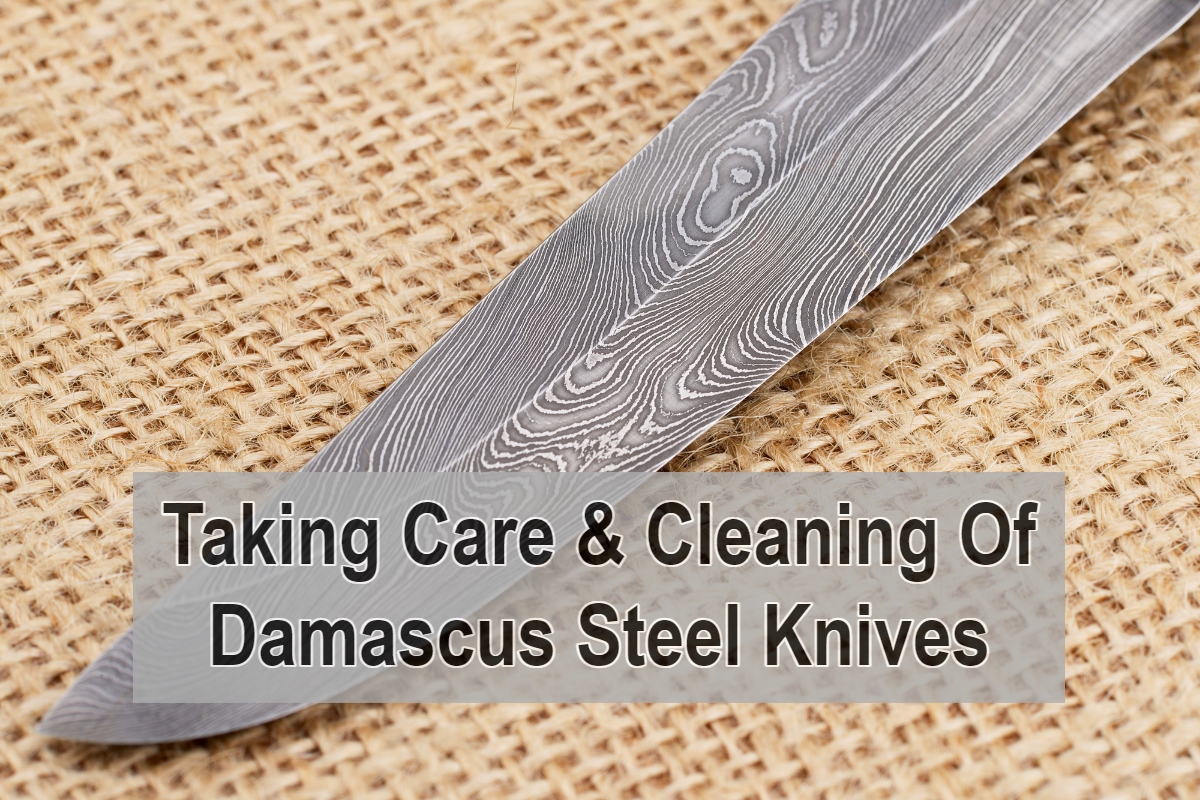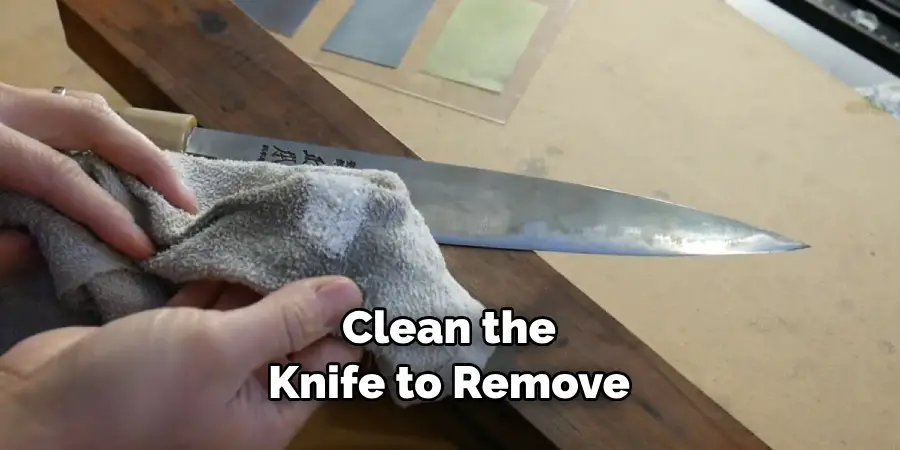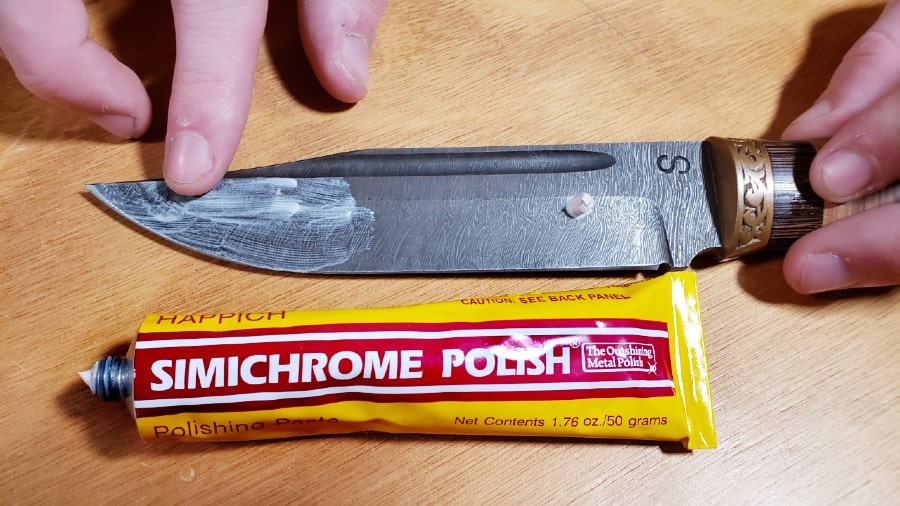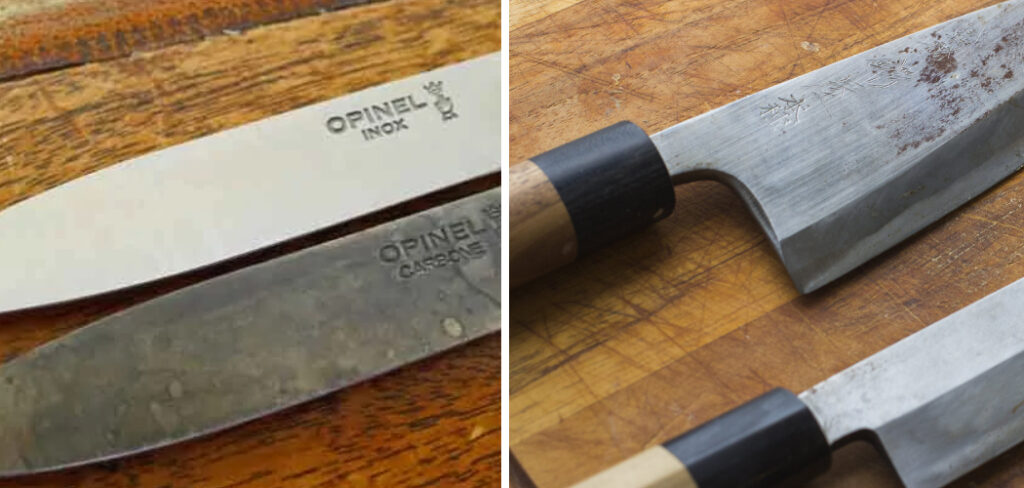How To Clean A Knife Blade

A well-maintained knife is a safer and more effective tool, whether in the kitchen, workshop, or outdoors. But keeping your knife blade clean goes beyond just removing visible debris. Proper cleaning techniques prevent corrosion, dulling, and the spread of bacteria.
This article provides a comprehensive guide to cleaning knife blades, covering various types of knives, cleaning agents, and best practices. It aims to equip readers with the knowledge to maintain their knives safely and effectively, prolonging their lifespan and ensuring optimal performance.
Basic Cleaning After Each Use
The most important step in knife blade maintenance is cleaning after each use. Failing to do so allows food particles or other substances to dry on the blade, making them harder to remove and potentially causing damage.
Start by rinsing the blade under warm running water. Use a soft sponge or cloth to gently scrub away any visible food particles or residue.
For stubborn residue, add a small amount of dish soap to the sponge or cloth. Be sure to clean both sides of the blade and the handle where it meets the blade.
Cleaning Different Types of Blades
The cleaning method can vary slightly depending on the type of knife blade. Carbon steel blades are particularly susceptible to rust and require extra care.
After washing a carbon steel blade, thoroughly dry it immediately with a clean towel. Some people recommend applying a thin coat of mineral oil or camellia oil to prevent rust.
Stainless steel blades are more resistant to corrosion but still benefit from proper cleaning. Follow the same basic cleaning steps as above.
Ceramic blades are non-reactive and easy to clean. A simple rinse with water and a gentle wipe is usually sufficient.
Removing Stubborn Residue
Sometimes, simple washing isn't enough to remove dried-on food or other tough stains. In these cases, consider these options.
For sticky residue, try soaking the blade in warm, soapy water for a few minutes before scrubbing. This helps loosen the debris.
A paste of baking soda and water can also be effective for removing stains. Apply the paste to the affected area, let it sit for a few minutes, and then scrub gently.
For rust on carbon steel blades, use a rust eraser or fine steel wool. Apply gentle pressure and rub along the blade's surface to remove the rust.
Cleaning Wooden Handles
If your knife has a wooden handle, it requires special attention. Avoid soaking wooden handles in water, as this can cause them to warp or crack.
Instead, wipe the handle with a damp cloth and a mild soap. Dry it thoroughly immediately after cleaning.
Regularly applying mineral oil or beeswax to the handle can help protect it from moisture and keep it looking its best.
Disinfecting Knife Blades
Disinfecting knife blades is important, especially after cutting raw meat or poultry. This helps prevent the spread of bacteria.
Wash the blade thoroughly with soap and water first. Then, disinfect it with a solution of 1 teaspoon of bleach per gallon of water. Let the solution sit on the blade for a minute or two before rinsing thoroughly with clean water.
Ensure the blade is completely dry after disinfecting to prevent corrosion.
Avoiding Damage During Cleaning
Certain cleaning practices can damage knife blades. Avoid using abrasive cleaners or scouring pads, as these can scratch the surface.
Never put knives in the dishwasher, as the high heat and harsh detergents can dull the blade and damage the handle. Also, avoid using excessive force when scrubbing, as this could damage the blade or cause injury.
Safety Precautions
Always exercise caution when cleaning a knife blade. Hold the blade firmly by the handle and keep your fingers away from the sharp edge.
Use a cut-resistant glove for added protection. If you're cleaning a very sharp knife, consider using a dish brush with a long handle to keep your hands away from the blade.
Storing Clean Knives
Proper storage is crucial for maintaining clean knives. Store knives in a knife block, sheath, or on a magnetic strip. This protects the blades from damage and prevents accidental cuts.
Make sure the knives are completely dry before storing them. This prevents rust and corrosion.
Avoid storing knives loose in a drawer, where they can become dull and pose a safety hazard.
The Significance of Proper Knife Maintenance
Regular and proper cleaning extends the life of your knives, ensuring they remain sharp and effective. It also prevents the spread of bacteria and keeps your food preparation safe.
By following these cleaning guidelines, you can maintain your knives in optimal condition and enjoy their benefits for years to come. Remember that taking good care of your tools not only makes them last longer but also improves the overall experience of using them. A sharp, clean knife is a joy to use!
Beyond mere functionality, a well-cared-for knife can hold sentimental value. A cherished heirloom, a gift from a loved one, or simply a tool that has served you well over time can become more than just a blade. By keeping it clean and sharp, you are preserving not just the tool, but also the memories and experiences associated with it.
